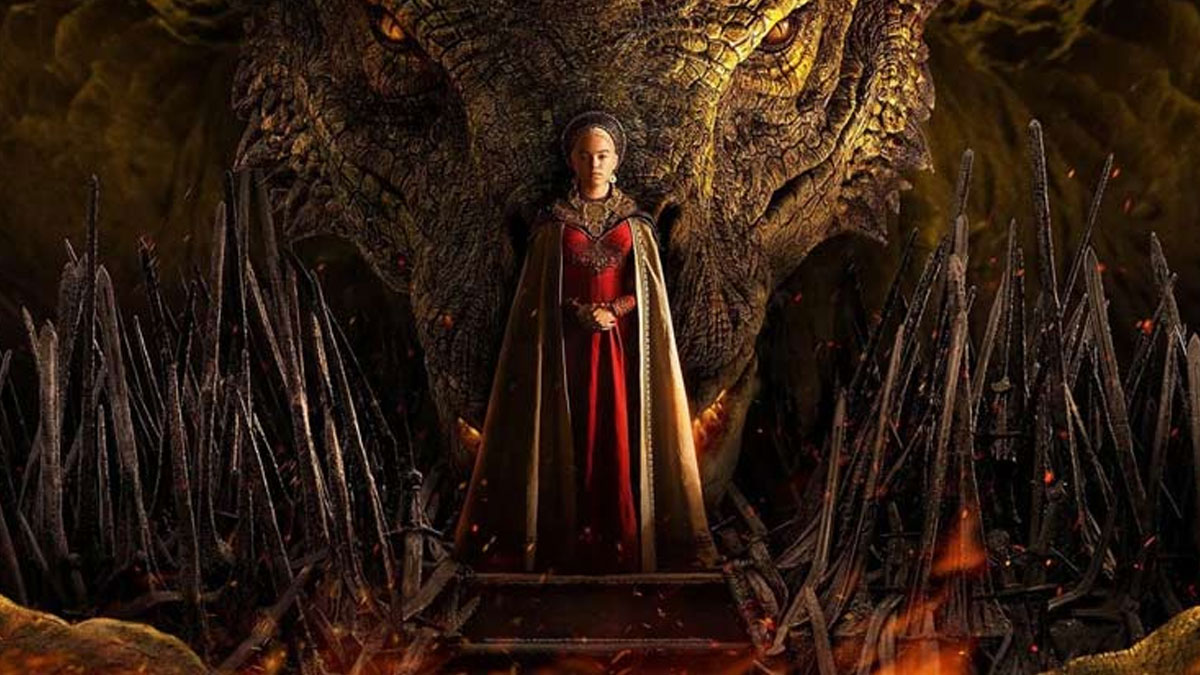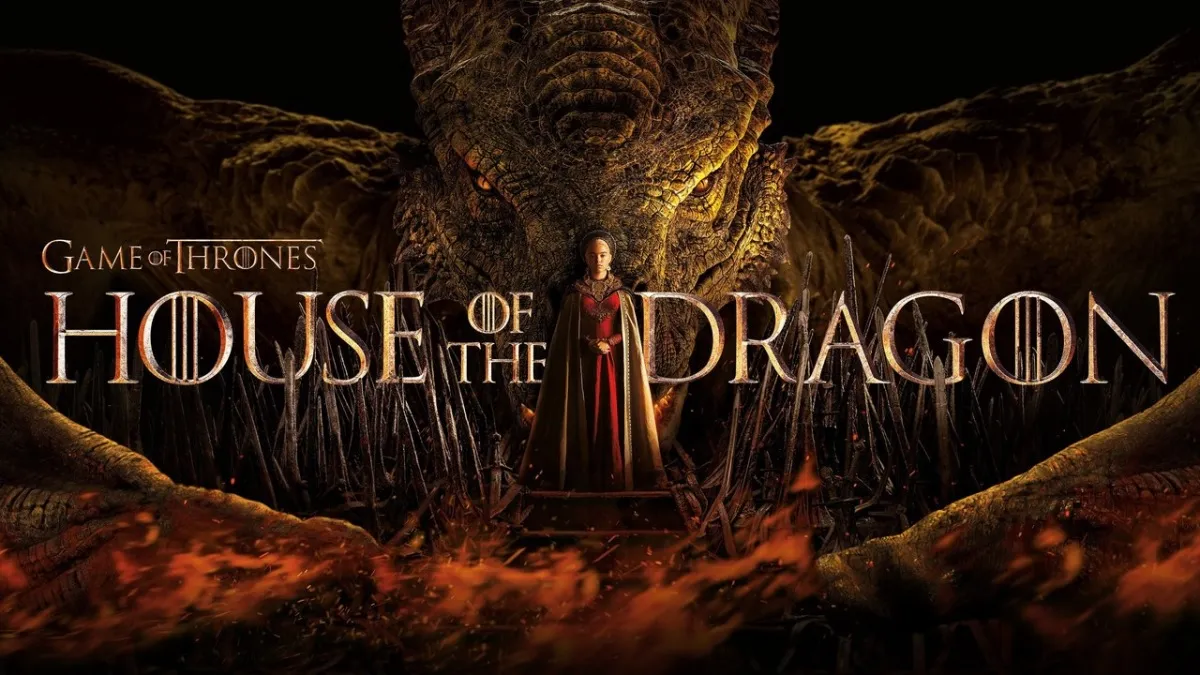In Hollywood, the journey from book to screen is fraught with potential pitfalls. Faithful adaptations are a rare breed, often lost amidst efforts to translate written word to visual spectacle. Fans of George R.R. Martin’s expansive universe in “Game of Thrones” and its spin-off “House of the Dragon” are particularly vocal about their preferences, usually favoring the richly detailed books over their televised counterparts. However, Martin himself has pointed out instances where the adaptation shines brighter than the original—a rare but significant occurrence.

A Queen Reimagined: Helaena Targaryen Takes Flight
In a stunning reversal from usual criticisms, George R.R. Martin has recently expressed admiration for the HBO series “House of the Dragon,” particularly for its portrayal of Queen Helaena Targaryen, played by Phia Saban. In Martin’s books, Helaena is portrayed as a cheerful and kind-hearted young woman, whose greatest pleasure comes from soaring the skies on her dragon, Dreamfyre. This depiction paints her as a simple, joyous figure adored by the common folk.
The televised portrayal diverges significantly. Saban’s Helaena is endowed with layers of complexity and a mystic gift for prophecy not present in the original books. “In ‘Rhaenyra the Cruel,’ you can scarcely take your eyes off her,” Martin remarked, emphasizing the magnetic performance that adds depth to the character’s on-screen presence. This enriched portrayal has not only captivated viewers but also earned the nod of approval from Martin, who confessed that the show’s version of Helaena has eclipsed his own creation in “FIRE & BLOOD.”

Beyond the Character Sheet: The Transformation of Helaena
This transformation of Queen Helaena from a straightforward character to one of intriguing depth highlights the potential of screen adaptations to expand and enhance literary characters in ways that surprise even their original creators. Martin’s approval underscores a significant shift where creative liberties, often criticized, breathe new life into the narrative and its inhabitants.
Navigating the Perils of Creative Freedom
While Martin praises certain enhancements, he remains skeptical of the overall approach to adaptations. In his blog posts, he has lamented how adaptations often stray too far, morphing the original narratives to fit different creative visions. “The book is the book, the film is the film,” he quotes, highlighting the divergent paths of storytelling mediums. His critique is aimed at the frequent and sometimes misguided endeavors to ‘improve’ upon the original works, which, according to him, seldom succeed.
The Dual Edges of Adaptation
George R.R. Martin’s reflections offer a nuanced view of the adaptation process. While he celebrates the exceptional—like Phia Saban’s portrayal of Helaena—he remains cautious about the industry’s tendency to alter fundamentally, often to the detriment of the source material. As “House of the Dragon” continues to unfold, it serves as a testament to the potential of adaptations to both enhance and diminish the essence of beloved stories.
As adaptations go, “House of the Dragon” has proven that with the right elements, television can indeed enhance the storytelling canvas, adding dimensions that resonate with both creators and audiences alike, a feat that is as rare as it is remarkable.

